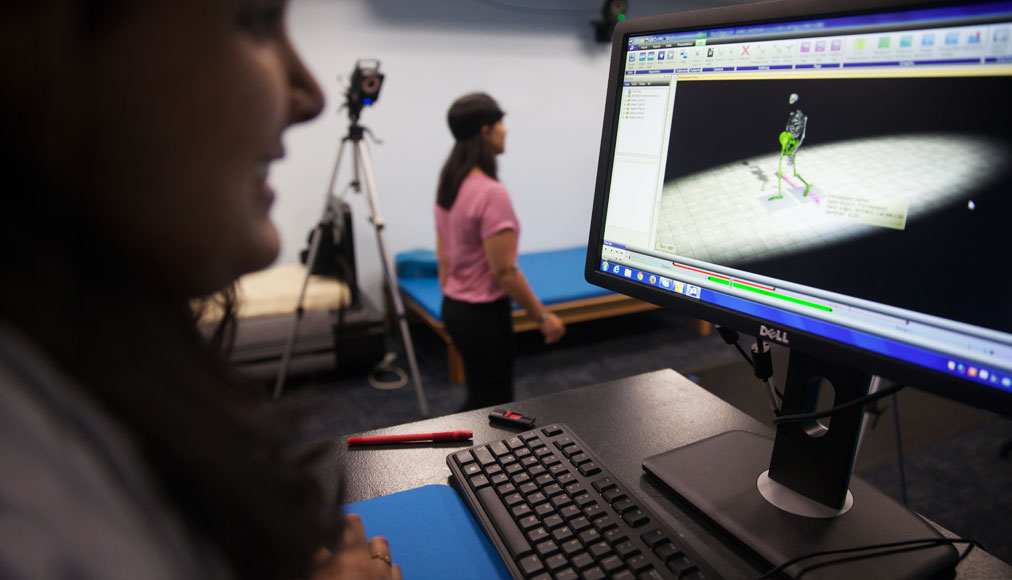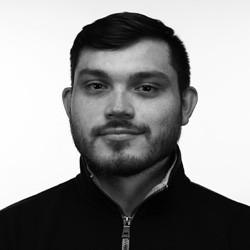At NYIT's Academic Health Care Center (AHCC), William Werner, Ed.D, is a comforting presence for patients with Parkinson's disease. As supervisor of the Department of Physical Therapy, he designs and guides their exercise regimens and ensures they receive services to help them lead a healthy, productive lifestyle. As an associate professor of physical therapy in the School of Health Professions, he spends equal time collaborating with faculty members on research projects, such as the design of a motorized walker with Ely Rabin, assistant professor of neuroscience and histology. It is this hands-on environment and camaraderie that drew him to the university.
I'm able to work with a patient one-on-one, typically for an hour,
Werner says. My goal is to make improvements in gait, balance and posture to help them maintain and improve their quality of life and be healthy. We don't shy away from having them use weight machines and the Stairmaster.
Since 1997, patients have come to NYIT's Adele Smithers Parkinson's Disease Treatment Center, housed within the AHCC in Old Westbury. It is the first center on Long Island dedicated to Parkinson's disease research and treatment and serves 250 people annually. Patients with this neurological disorder suffer from loss of muscle control and often struggle with walking, brushing their teeth, and other everyday tasks. Werner says a unique aspect of NYIT's physical therapy program is its emphasis on wellness, such as providing counseling and gym access to patients and their caregivers.
Research in the center's biomechanics lab includes motion capture technology. Patients are filmed as they walk, and the data of their movement is captured by computer software that measures gait speed and the size of a step, among other gait parameters.
There are thousands of pieces of information that our system captures,
Werner says. It gives us a fine tool for examining walking patterns with an exactness that you can't get with the human eye.
Often, Parkinson's patients struggle with body perception, even when the data shows vast improvement. After eight sessions into treating a 52-year-old male patient who had achieved a gait that looked non-Parkinsonian,
Werner suggested he do a five-minute technique walk every day to the deli to maintain his progress.
The patient protested,
Werner recalls. He said, 'I can't walk like that out in public. I'd look ridiculous.' He felt as though he was walking like Groucho Marx, but he was actually walking normally.
Werner convinced him otherwise, though it took several attempts. He applies the same resolve to lab work. In addition to the motorized walker project, he is teaming with a leading New York-based neurologist on a pilot study of the oscillating Exer-Rest Bed, which may prove effective in helping patients to regain a sense of balance.
What we do is all about education and training to help patients maintain a good quality of life,
he says.











